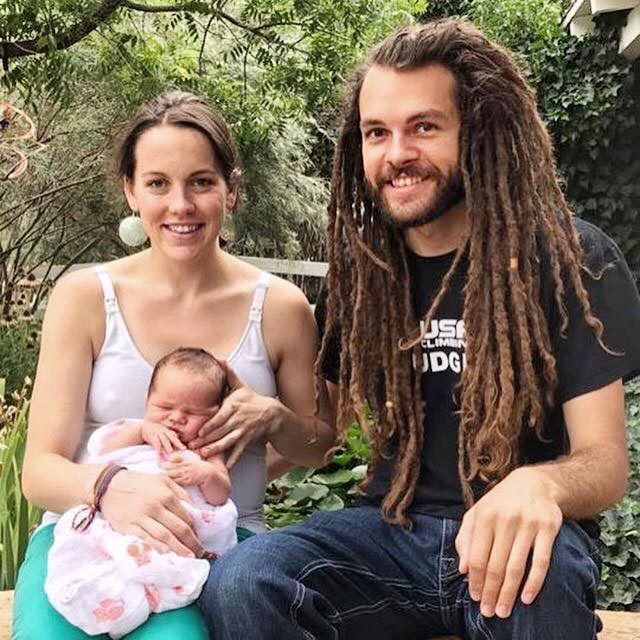Arsenic and Algae: Finding Sustainable Water Purification Systems (continued)
By Rachel Whitt, UNM Communications
Arsenic contamination is creating international, widespread health concerns, particularly in developing countries. Here in the United States, the amount of arsenic in water is regulated and limited by the federal government. However, that is not a luxury afforded by developing countries, which sometimes see up to ten times the safe amount of arsenic in their water.
The naturally occurring chemical is found in soil and bedrock. Sometimes it is also left behind as a residual from industries such as mining. The contaminant has no smell, taste, or color – which adds to the complexity of trying to pinpoint it in wells and other water sources; only lab assessment can confirm its presence and concentration. Ingesting arsenic has both short and long-term health impacts, including nausea, vomiting, neurological effects, and increased risk of certain cancers.
With those dangers facing so many people in developing countries, Stearnes wrote a proposal and submitted it to the New Mexico Water Resources Research Institute – hoping to receive funding for a small-scale research project. He was awarded a $6,000 grant to pursue algal remediation of arsenic, and to focus his research on what type of material would be best used to create a reactor on which the algae could grow.

UNM undergraduate Chase Stearnes, his partner, Rachel, and their baby Aldo.
“I compared two different surfaces for the algae to attach to, cotton and nylon. And I had control of a suspended culture, which other research already shows is effective for growing algae cultures,” Stearnes said.
He found that the algae cultures have a definite preference to grow on the cotton, with the cotton reactor averaging more than four times more algal biomass than the control.
“But this was just a small study; we definitely need to do more research,” Stearnes said.
That research isn’t on his radar at this point, though. Stearnes and his partner Rachel just welcomed their first child into the world, a young son named Aldo.
“It’s the most exciting part of my life right now – even more exciting than my research,” he said.
Stearnes is also finishing his degree, and working at Daniel B. Stephens & Associates – an environmental and water resources consulting firm.
Between the baby, school, and work, he won’t have the time to launch new research for a little while – but eventually he hopes his work can stretch beyond the lab, to make real-world impacts.
Chase Stearnes, under the guidance of his research advisor, UNM Dr. Andrew Schuller, received a 2017 NM WRRI Student Water Research Grant. The research was done as part of ongoing work at the UNM Center for Water and the Environment: http://cwe.unm.edu
